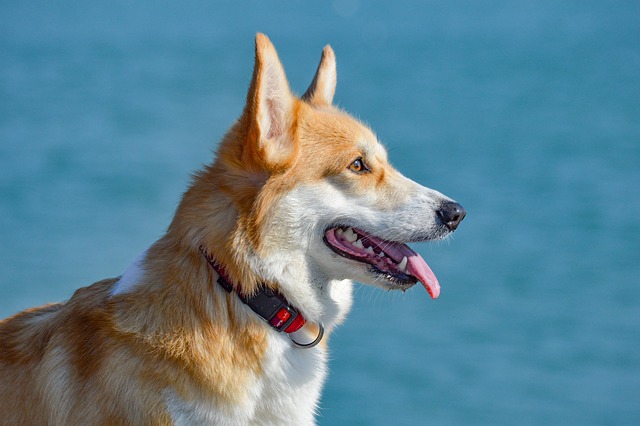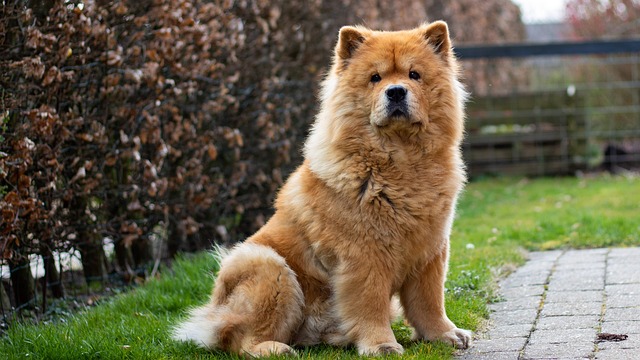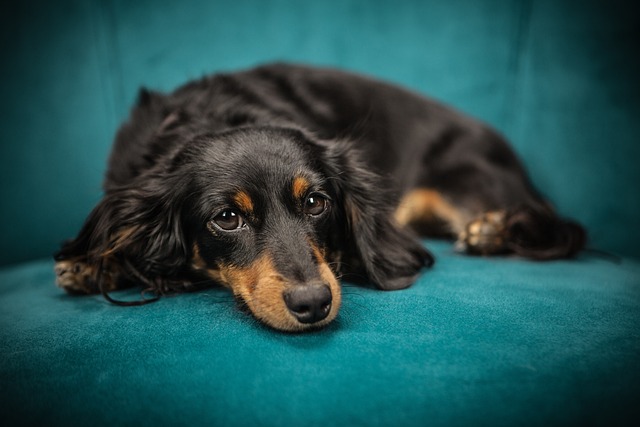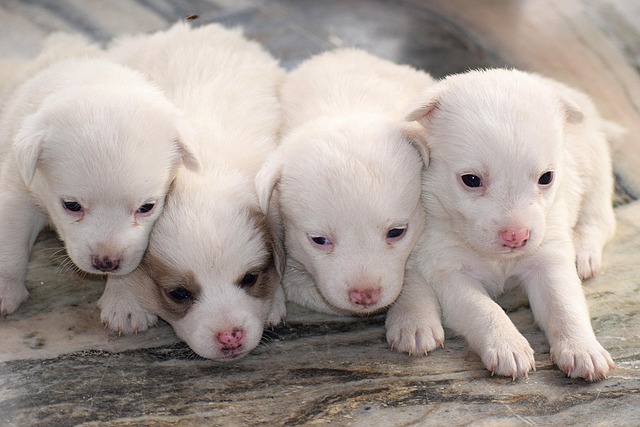
what happens when dogs eat pumpkin
Picture your Labrador Retriever eyeing your Thanksgiving pumpkin pie—those wagging tails might make you wonder: is pumpkin a harmless treat or a hidden risk?
There’s a special warmth in a Chow Chow’s fuzzy face—but floppy ears can leave owners wondering: Is this normal for the breed? Let’s explore with kindness, because every dog’s ear shape tells a unique story, and love isn’t bound by breed standards.
By AKC and FCI standards, purebred Chows typically have small, erect triangular ears, a trait linked to their historic role as alert working dogs. My Chow, Bao, had stiff ears by 16 weeks, but many puppy owners notice semi-floppy ears earlier—completely normal as cartilage strengthens until 4 months. Gently massaging their ears during play (a cozy bonding ritual) is harmless, though no guarantee for upright ears.
Floppy ears in older Chows often stem from three main causes. Puppies under 6 months may just need time for cartilage to harden. Mixed-breed Chows (like Chow-Lab crosses) frequently inherit floppy ears from non-Chow parents, adding unique charm—like Bear, a rescue Chow whose floppy ears made him extra huggable. Rarely, persistent floppiness could signal health issues: warm ears, discharge, or head-shaking warrant a vet visit, crucial under EU pet welfare laws that require prompt care.
 While some once tried taping ears upright, this is now widely rejected. In the UK, Australia, and across the EU, non-therapeutic modifications (including ear taping) are illegal, prioritizing the dog’s comfort over cosmetic ideals. These laws remind us: a Chow’s worth lies in their loyalty, not ear shape.
While some once tried taping ears upright, this is now widely rejected. In the UK, Australia, and across the EU, non-therapeutic modifications (including ear taping) are illegal, prioritizing the dog’s comfort over cosmetic ideals. These laws remind us: a Chow’s worth lies in their loyalty, not ear shape.
For owners of floppy-eared Chows, focus on health first. Droopy ears trap moisture, increasing infection risks—regular checks with vet-approved cleaners (like Virbac in the EU) help. Celebrate their uniqueness: in a world of "perfect" pets, your Chow’s floppy ears are a beautiful reminder that imperfection is perfect. Share their story to inspire others—after all, in family-focused cultures like Canada, love for dogs is about acceptance, not conformity.
Conformation shows disqualify floppy ears, but for most owners, that’s irrelevant. As Bao’s breeder wisely said: "A happy Chow is a good Chow, ears up or down." Only seek vet advice if ears stay fully floppy past 6 months, show swelling/discharge, or cause discomfort.
In the end, whether upright, semi-floppy, or fully droopy, a Chow’s ears are just a small part of their magic. Bear’s floppy ears taught me that beauty lies in authenticity. What matters most is their health, happiness, and the way they make every day feel softer, warmer, and full of love. That’s the true "standard" for any beloved pet.

Picture your Labrador Retriever eyeing your Thanksgiving pumpkin pie—those wagging tails might make you wonder: is pumpkin a harmless treat or a hidden risk?

Picture your fluffy Teddy leaving a trail of hair on your couch—those tiny curls may seem low-maintenance, but excessive shedding signals underlying issues.

Corgis bring endless joy with their big personalities and even bigger ears, but sometimes they bring a noticeable "doggy smell" too. While all dogs have a natural scent,

Dogs bring so much joy, but that occasional "doggy smell"? Let's break down why it happens and how to tackle it. From biology to lifestyle, there are practical reasons behind those odors—and simple fixes too.

Bringing home a Border Collie puppy is like welcoming a tiny, energetic prodigy—full of wags, smarts, and endless curiosity. But let’s be honest: that dreamy puppy phase gives way to a stage that tests every owner’s patience.

Picture your new puppy trembling in the corner of your living room—those first days set the tone for a lifetime of trust. Let’s explore essential steps with real pet parent stories,